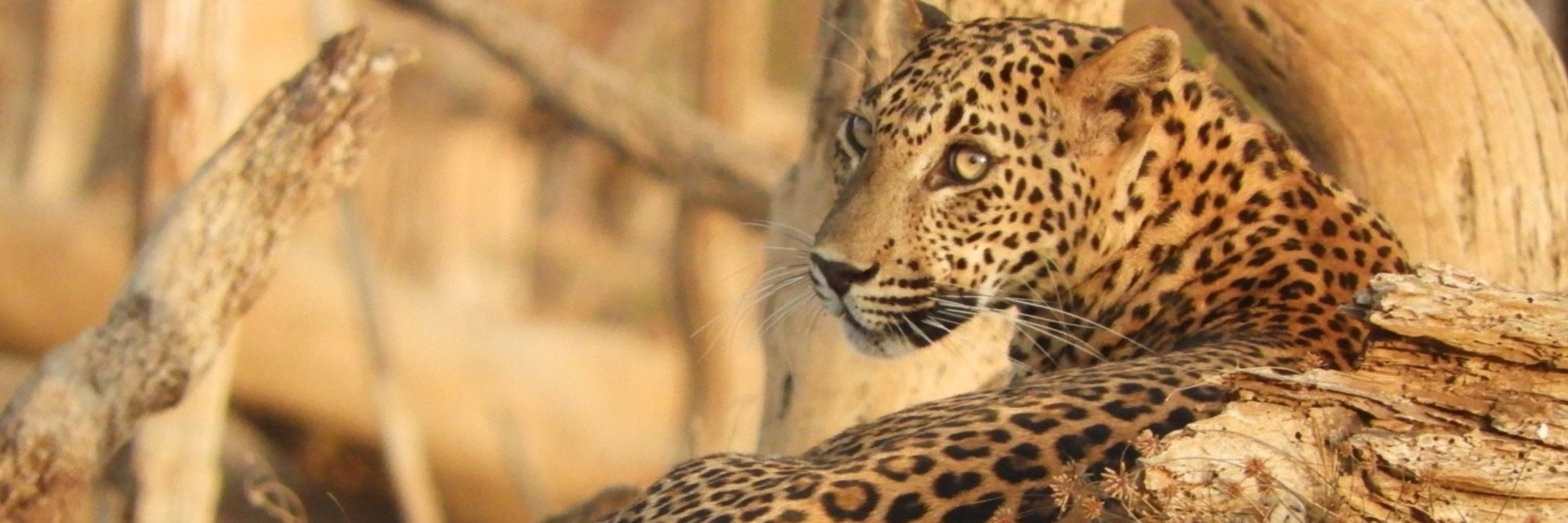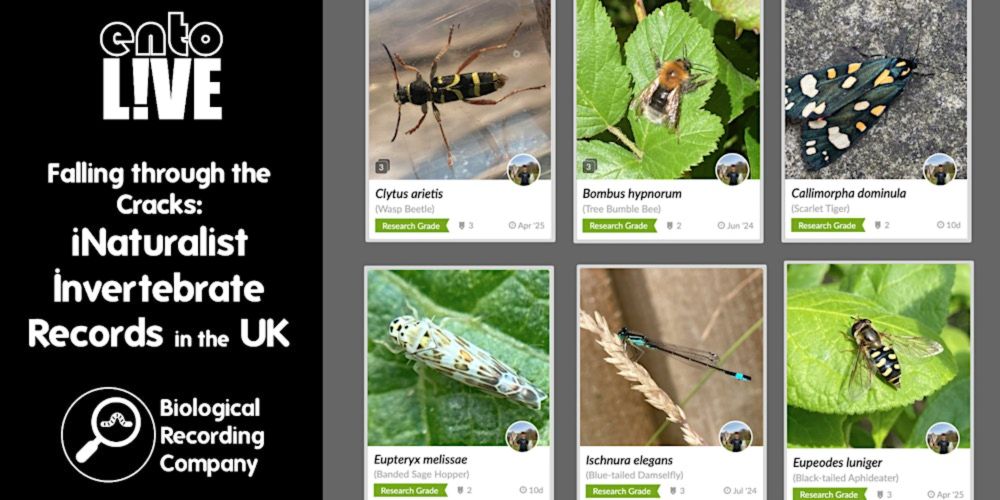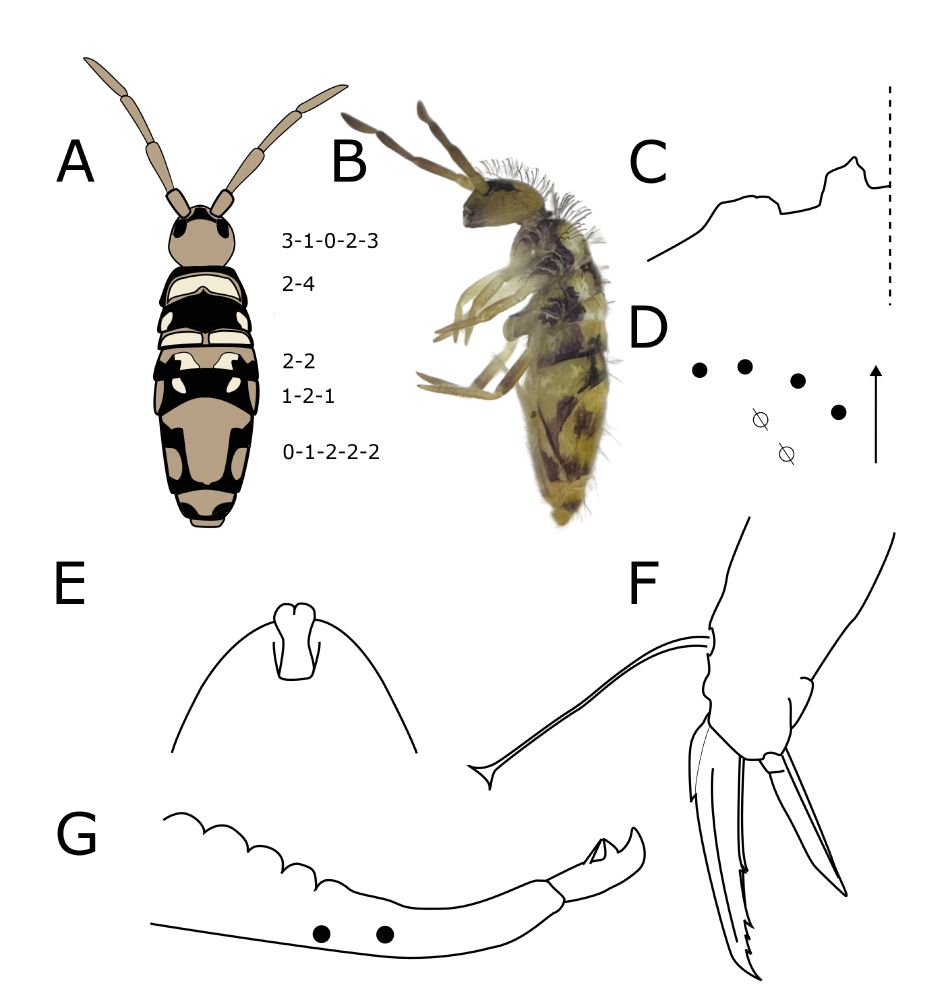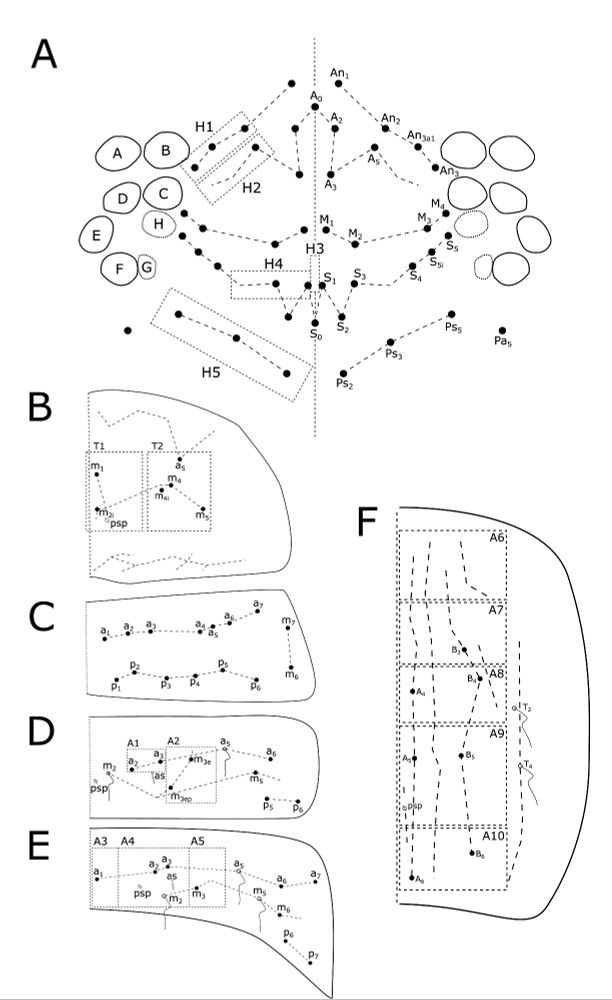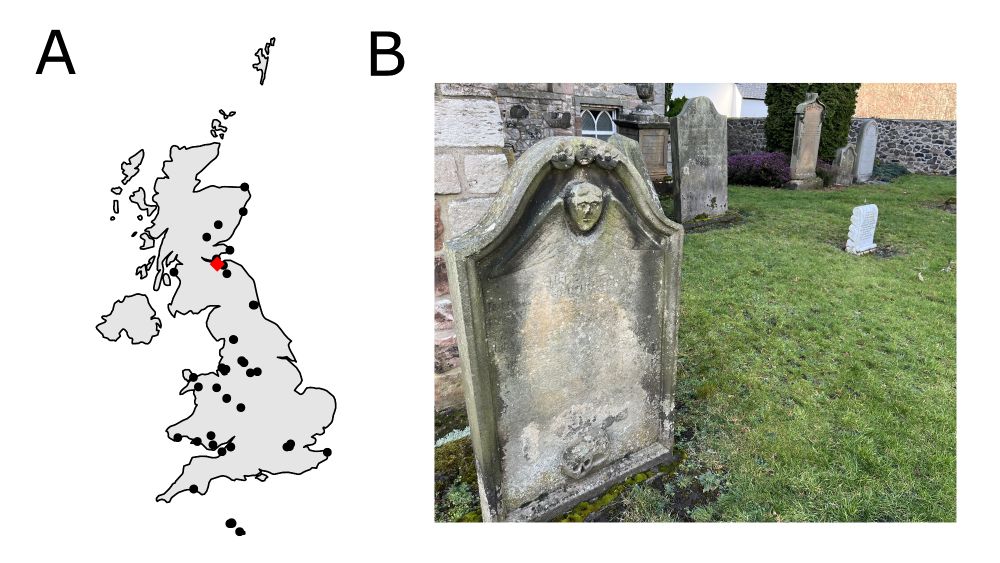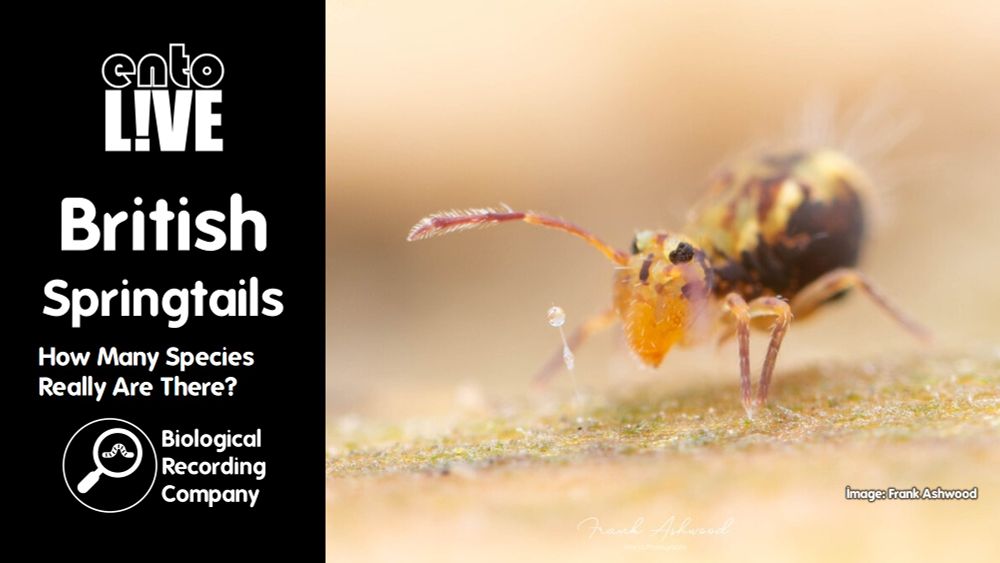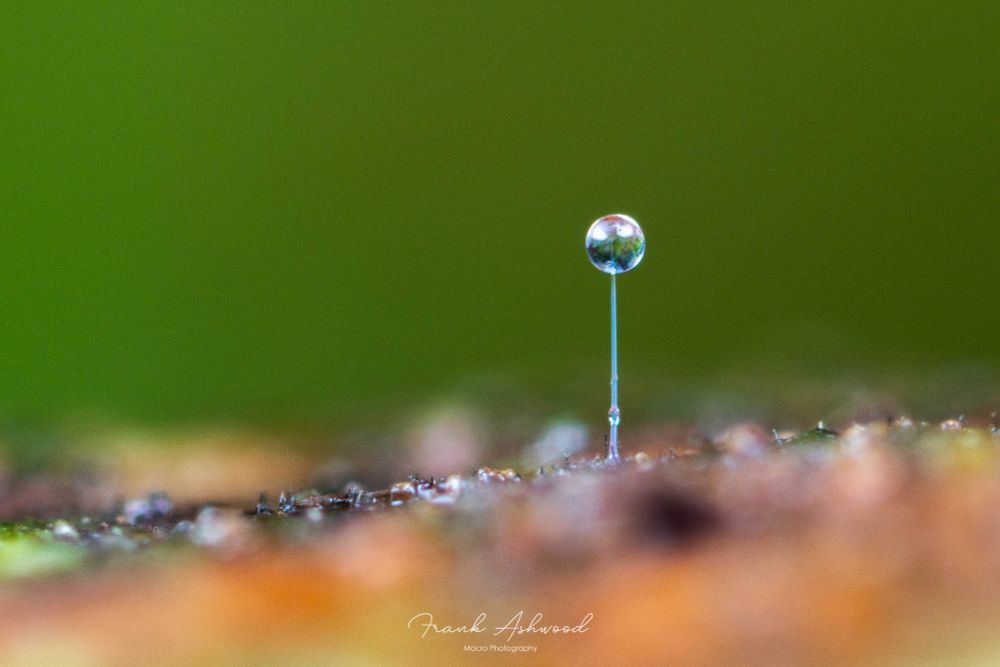James McCulloch
@jamesimcc.bsky.social
540 followers
190 following
67 posts
PhD student in genomics at the Wellcome Sanger Institute/University of Cambridge. National recorder for springtails. Evolutionary biology, entomology, taxonomy, natural history...
https://www.sanger.ac.uk/person/mcculloch-james/
Posts
Media
Videos
Starter Packs
Pinned
James McCulloch
@jamesimcc.bsky.social
· Aug 24
James McCulloch
@jamesimcc.bsky.social
· Aug 24
Reposted by James McCulloch
James McCulloch
@jamesimcc.bsky.social
· Aug 15
James McCulloch
@jamesimcc.bsky.social
· Jul 23
James McCulloch
@jamesimcc.bsky.social
· Jul 17
James McCulloch
@jamesimcc.bsky.social
· Jul 16
James McCulloch
@jamesimcc.bsky.social
· Jul 16
James McCulloch
@jamesimcc.bsky.social
· Jul 15
Reposted by James McCulloch
James McCulloch
@jamesimcc.bsky.social
· May 24
